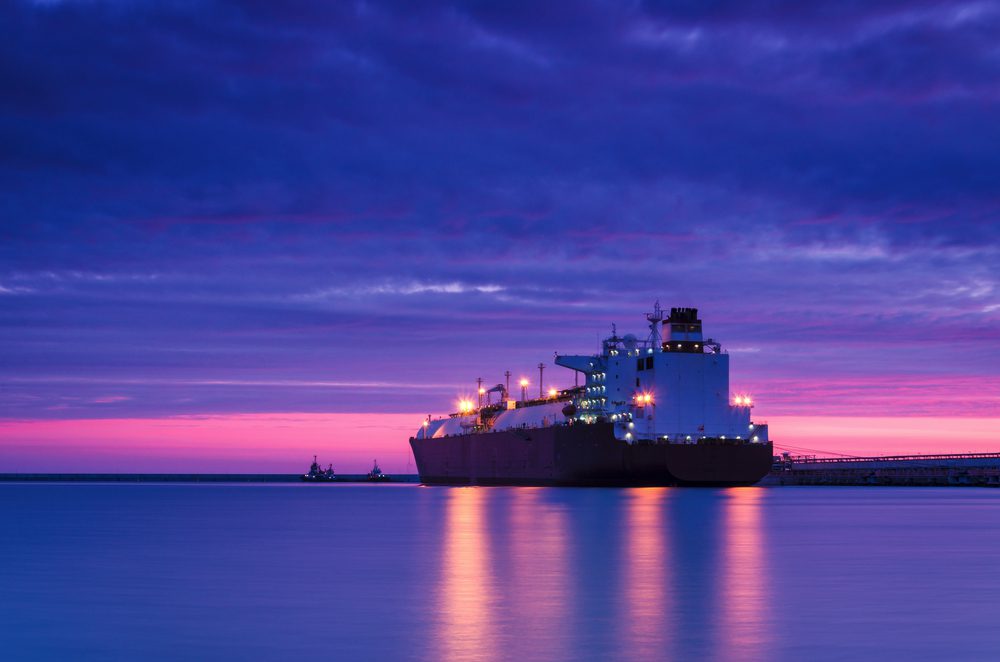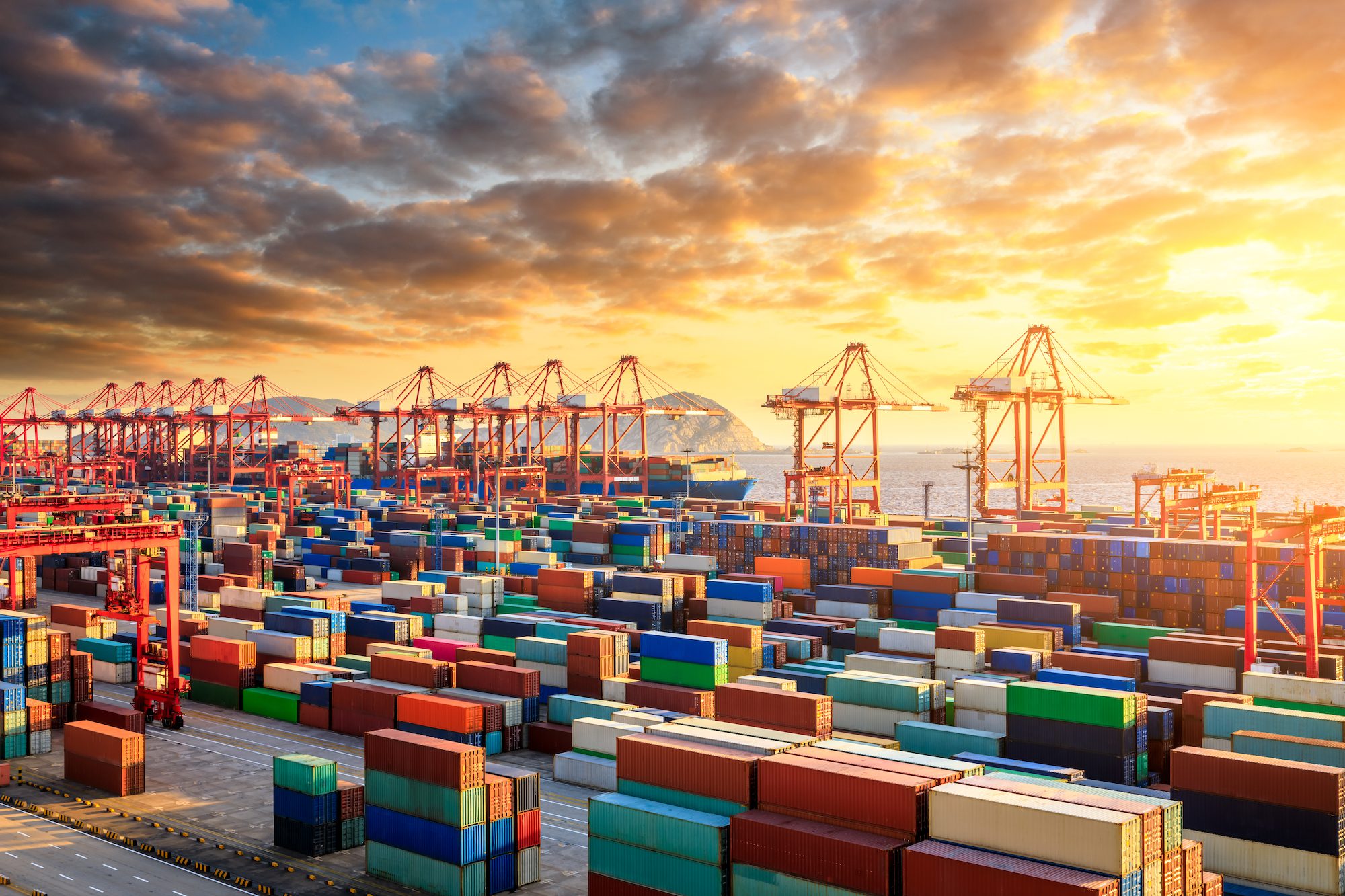Photo: Wojciech Wrzesien / Shutterstock
By Anna Shiryaevskaya (Bloomberg) — Some liquefied natural gas sellers aren’t in a rush to deliver their multimillion-dollar cargoes.
With uncertain demand and no signs yet of bitter cold, some traders are preferring to keep their fuel inside vessels in the hope prices will rise. While the sight of stationary cargoes might not be unusual in the more-established oil market, technology has only recently made it feasible to keep LNG at minus 162 degrees Celsius (minus 260 degrees Fahrenheit) for longer periods.
“There are cargoes parked close to Singapore, apparently waiting for the right market conditions to be delivered,” said Dumitru Dediu, an associate partner at McKinsey Energy Insights, which monitors LNG flows. “Some of the players are speculating.”
There are about 30 vessels currently flagged as floating storage globally, two-thirds of which are in Asia, the biggest LNG consuming region, according to cargo-tracking company Kpler SAS. That’s still a fraction of a global fleet of more than 500 vessels.
The practice of using tankers as floating storage is common in the more developed oil market. It happens during periods of contango — when storage on land is used up, immediate demand is weak and the cost for later delivery is high enough to cover the expense of storing crude on a tanker.
Trading houses and oil majors from Vitol Group and Glencore Plc to BP Plc and Royal Dutch Shell Plc collectively made billions of dollars from 2008 to 2009 stockpiling crude at sea. At the peak of the floating storage spree, sheltered anchorages in the North Sea, the Persian Gulf, the Singapore Strait and off South Africa each hosted dozens of supertankers.
Boil Off
LNG, the fastest-growing fossil fuel, is starting to resemble the oil market in that sense. Holding it back is that some LNG is lost to keep it cool during its journey, known as boil off, and that most sales are through traditional long-term contracts without destination flexibility.
But that’s rapidly changing. Modern tankers are capable of serving as floating storage, especially for markets such as China that lack that capacity. They have lower boil-off rates, bigger capacity and re-liquefaction units on board to keep the cargoes cool.
The global LNG fleet has transportation capacity of about 44 million tons, which pales beside the 372 million tons of the crude oil tanker fleet, according to Clarkson Research Services Ltd., a unit of the world’s biggest shipbroker. LNG tankers working as storage can tie up transport capacity, even if volumes are not significant in a global context, Alastair Maxwell, chief financial officer of LNG ship owner and operator GasLog Ltd., said earlier this month.
The biggest contributor to flexible supplies is the U.S., where destination-free LNG exports started in 2016. The nation is adding production terminals and will compete with Australia and Qatar for a top place in LNG trade, which the International Energy Agency expects will overtake volumes delivered by pipelines in the middle of the next decade.
Developers of U.S. LNG export projects will be among key speakers at the annual CWC World LNG Summit which starts Tuesday in Lisbon and gathers executives and traders of the super-chilled fuel.
If a cold snap suddenly comes and the spot price rises, a well-diversified player storing fuel may boost earnings by $2 million to $5 million, despite current high shipping rates and boil off, Dediu said.
“Playing contango on LNG has not been traditionally popular, but given the price volatility for gas we do see a lot more players doing this,” he said. “With higher volatility and given the unpredictable winter weather patterns, from one week to another, it might be a real option for some of the players.”
© 2018 Bloomberg L.P

 Join The Club
Join The Club











